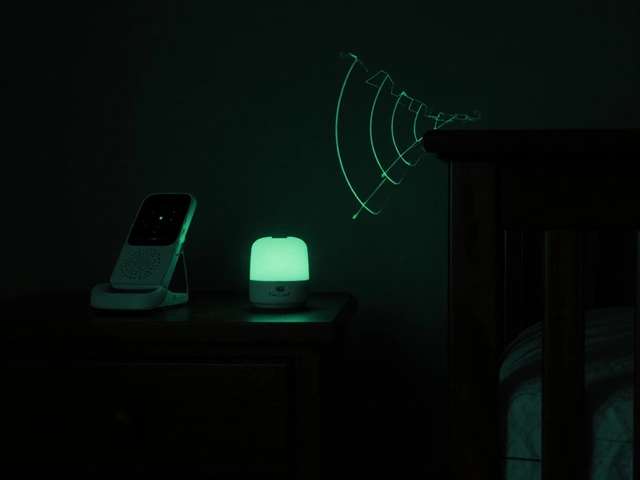Dog Bark Alarms: Quiet Your Home and Boost Security
Got a dog that loves to shout at the mailman? You’re not alone. A barking pet can stress neighbours, raise rent, and even trigger your home alarm by mistake. That’s where a dog bark alarm steps in – it listens for the bark, decides if it’s a problem, and either silences it or alerts you. The result? A calmer house and fewer complaints.
Most bark alarms sit on a simple principle: detect the sound pattern of a dog’s bark, then react. Some just emit a high‑pitch tone that dogs find uncomfortable, while others send a vibration to a collar. A few are tied directly into a security panel so you get a text if the system thinks something’s wrong. The key is finding a device that matches your dog’s size, temperament, and your home setup.
Types of Dog Bark Alarms
There are three main families of bark alarms. Ultrasonic devices emit a sound above human hearing range. Most dogs hear it, and many will stop barking to avoid the irritation. They’re cheap and plug‑in, but some larger breeds get used to them quickly.
Vibration collars attach to the dog’s neck and deliver a mild buzz when a bark is caught. They’re discreet because the dog only feels the buzz, not a loud noise. The downside is you need a battery‑powered collar that you’ll have to replace regularly.
Integrated security alarms link the bark sensor to your home’s alarm panel or a smart hub. When the sensor hears a bark that exceeds a set volume or duration, it can send a push notification, trigger a light flash, or even call the monitoring centre. This option is great if you already have a smart home system and want everything in one place.
Choosing the Right System for Your Home
First, think about your dog’s bark style. A high‑pitched yip from a small terrier triggers different thresholds than a low‑grown growl from a Labrador. Many units let you adjust sensitivity, so start low and work up until false alerts drop.
Second, consider where you’ll install it. Outdoor units need weather‑proof housing, while indoor plug‑ins work best near the main living area. If you rent, a battery‑operated sensor that sticks to a wall with adhesive is a renter‑friendly choice.
Third, ask yourself how much involvement you want. Do you prefer a set‑and‑forget device that simply emits an ultrasonic tone, or do you want real‑time alerts on your phone? If the latter, choose a model that works with popular smart hubs like Alexa or Google Home.
Finally, check the legal side. In the UK, you can’t use a device that causes pain or distress. Ultrasonic tones are fine as long as they stay within safe levels, and vibration collars must be approved for pet use. Look for CE marking or UKCA certification to stay on the safe side.
Installation is usually a breeze. Plug‑in models need only a nearby socket; battery versions just need fresh cells. For integrated systems, follow the manufacturer’s guide to pair the sensor with your hub. Most apps ask you to record a sample bark so the device learns what to listen for, which cuts down on false triggers.
After you’ve set it up, give the system a test run. Trigger a bark (or use the test button) and watch how the alarm reacts. If it’s too aggressive, dial down the volume or sensitivity. If it never reacts, raise the threshold until you see a response. A little tweaking goes a long way.
In the end, a dog bark alarm is a simple tool that can keep your home peaceful, protect your pet from stress, and stop unnecessary police or neighbour calls. Pair it with basic training, and you’ll have a quieter, happier household in no time.


